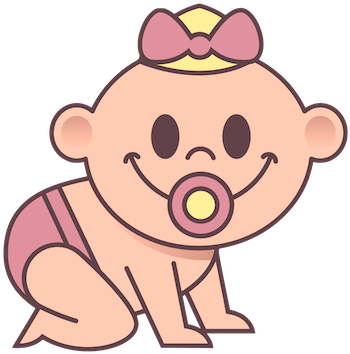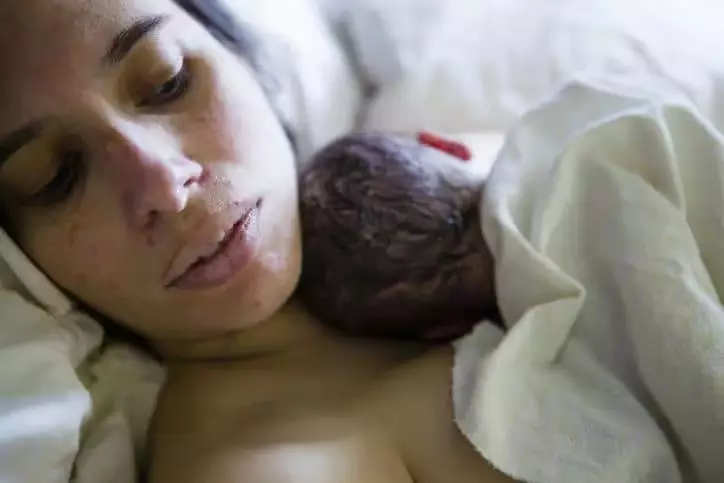The experience of childbirth is a rollercoaster of emotions and physical sensations that can leave new parents feeling bewildered and overwhelmed. Among the many surprises that accompany this momentous occasion, postpartum shaking often catches first-time parents off guard. Yet, this phenomenon is not widely discussed, leaving many individuals to grapple with confusion and concern when they encounter it themselves. It’s essential to delve into this less-talked-about aspect of the postpartum experience, shedding light on its frequency, potential causes, and what one can do if they find themselves shaking after delivery.
The Statistics Behind the Shaking
Contrary to what many expect, research suggests that postpartum shaking is more common than believed. Studies have reported an occurrence rate of approximately 44% to 55% in new mothers, regardless of whether the delivery was vaginal or via C-section. This statistic alone indicates that if you start to tremble shortly after childbirth, you are certainly not alone. This range also underscores the necessity of awareness and understanding about this bodily response in new parents and healthcare providers alike, enabling them to approach it with the recognition that it is, for many, a natural part of the postpartum journey.
The Science of Shaking: Unraveling Causes
While the understanding of why postpartum shaking occurs remains incomplete, several factors contribute to this bodily response. Hormones, both driving the process of labor and those released during and after childbirth, play an integral role in this physical reaction. The body goes through a significant stress response, releasing a cocktail of hormones, including adrenaline and cortisol, leading to muscle contractions and shaking. Additionally, temperature fluctuations can exacerbate this shaking. It’s not uncommon for a woman’s body temperature to rise during labor, only to dip afterward, causing a shivering response as the body works to stabilize itself.
Furthermore, it’s crucial to consider the impact of anesthesia. Epidurals, while effective for pain management, can disrupt the body’s thermoregulation processes. As blood vessels dilate, heat can escape, potentially leading to the shivering experienced after delivery. Understanding these factors can not only help demystify the experience but also reassure new parents that this response, while intense, is within the range of normal.
Dealing with the Aftershocks
If you find yourself shaking postpartum, it’s essential to focus on self-care and comfort. Medical professionals typically provide warm blankets, and it’s advisable to embrace these comforts without resistance. Straining against the shaking can inadvertently increase discomfort and may lead to more issues, especially after a C-section.
Interestingly, emerging research suggests that warming intravenous fluids can mitigate the intensity of shaking—an innovative avenue that warrants further exploration. While scientific explanations for this phenomenon remain limited, engaging with healthcare providers about experiences of shaking can also promote comfort and reinforce a sense of control during the postpartum period.
When to Seek Help
While it’s critical to recognize that postpartum shaking can be normal, it’s equally important to remain vigilant about your health. If the shaking persists beyond the immediate postpartum phase or is accompanied by other concerning symptoms, such as chills reminiscent of an illness or a fever, do not hesitate to reach out to your healthcare provider. These could signify complications, such as infections, that require immediate attention.
In the whirlwind of new parenthood, knowledge is a powerful tool. Understanding the nuances of postpartum experiences can alleviate some anxieties and help new parents navigate their journeys with more confidence. Embracing the complexities of childbirth, including the less-discussed aspects like shaking, can foster a more supportive environment for those entering this transformative phase of life.

